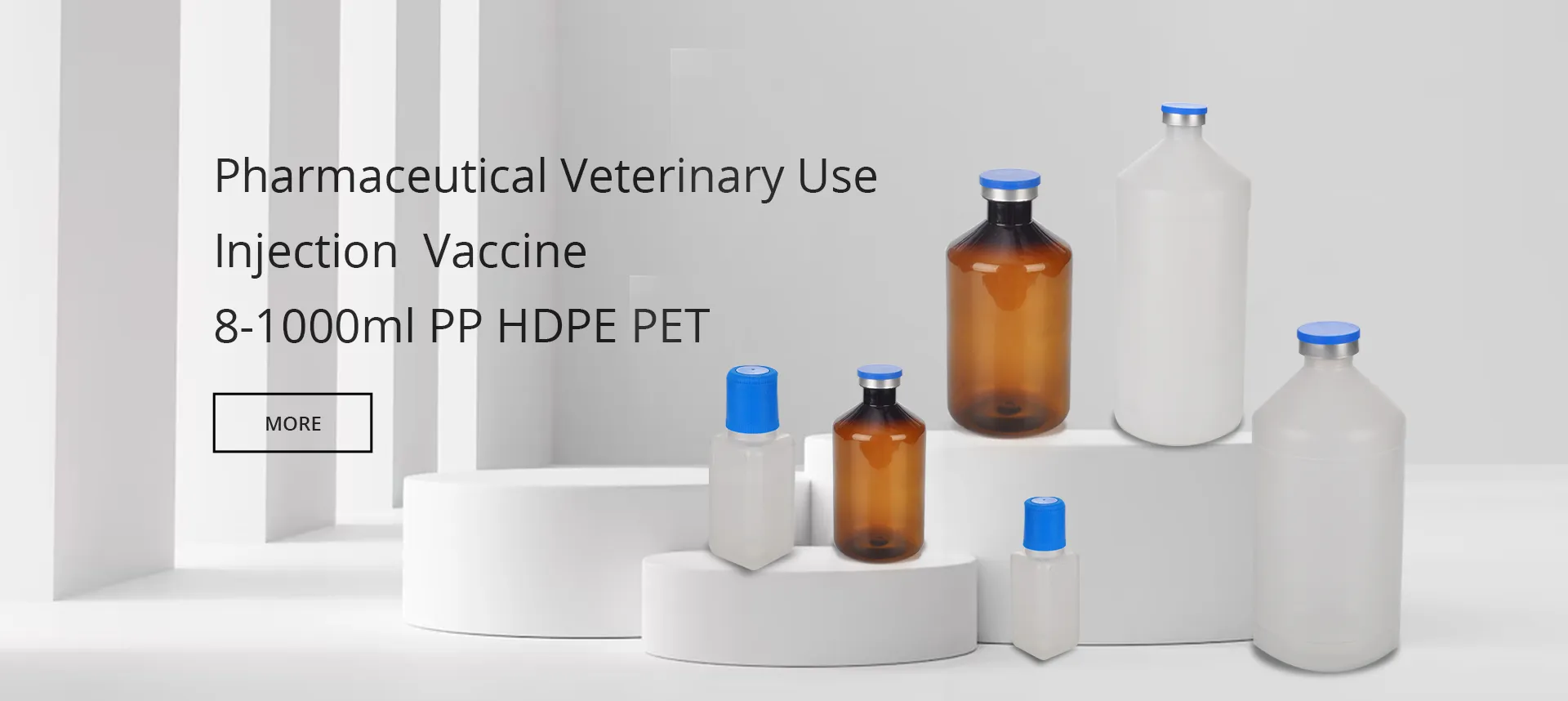
-
 Afrikaans
Afrikaans -
 Albanian
Albanian -
 Amharic
Amharic -
 Arabic
Arabic -
 Armenian
Armenian -
 Azerbaijani
Azerbaijani -
 Basque
Basque -
 Belarusian
Belarusian -
 Bengali
Bengali -
 Bosnian
Bosnian -
 Bulgarian
Bulgarian -
 Catalan
Catalan -
 Cebuano
Cebuano -
 Corsican
Corsican -
 Croatian
Croatian -
 Czech
Czech -
 Danish
Danish -
 Dutch
Dutch -
 English
English -
 Esperanto
Esperanto -
 Estonian
Estonian -
 Finnish
Finnish -
 French
French -
 Frisian
Frisian -
 Galician
Galician -
 Georgian
Georgian -
 German
German -
 Greek
Greek -
 Gujarati
Gujarati -
 Haitian Creole
Haitian Creole -
 hausa
hausa -
 hawaiian
hawaiian -
 Hebrew
Hebrew -
 Hindi
Hindi -
 Miao
Miao -
 Hungarian
Hungarian -
 Icelandic
Icelandic -
 igbo
igbo -
 Indonesian
Indonesian -
 irish
irish -
 Italian
Italian -
 Japanese
Japanese -
 Javanese
Javanese -
 Kannada
Kannada -
 kazakh
kazakh -
 Khmer
Khmer -
 Rwandese
Rwandese -
 Korean
Korean -
 Kurdish
Kurdish -
 Kyrgyz
Kyrgyz -
 Lao
Lao -
 Latin
Latin -
 Latvian
Latvian -
 Lithuanian
Lithuanian -
 Luxembourgish
Luxembourgish -
 Macedonian
Macedonian -
 Malgashi
Malgashi -
 Malay
Malay -
 Malayalam
Malayalam -
 Maltese
Maltese -
 Maori
Maori -
 Marathi
Marathi -
 Mongolian
Mongolian -
 Myanmar
Myanmar -
 Nepali
Nepali -
 Norwegian
Norwegian -
 Norwegian
Norwegian -
 Occitan
Occitan -
 Pashto
Pashto -
 Persian
Persian -
 Polish
Polish -
 Portuguese
Portuguese -
 Punjabi
Punjabi -
 Romanian
Romanian -
 Russian
Russian -
 Samoan
Samoan -
 Scottish Gaelic
Scottish Gaelic -
 Serbian
Serbian -
 Sesotho
Sesotho -
 Shona
Shona -
 Sindhi
Sindhi -
 Sinhala
Sinhala -
 Slovak
Slovak -
 Slovenian
Slovenian -
 Somali
Somali -
 Spanish
Spanish -
 Sundanese
Sundanese -
 Swahili
Swahili -
 Swedish
Swedish -
 Tagalog
Tagalog -
 Tajik
Tajik -
 Tamil
Tamil -
 Tatar
Tatar -
 Telugu
Telugu -
 Thai
Thai -
 Turkish
Turkish -
 Turkmen
Turkmen -
 Ukrainian
Ukrainian -
 Urdu
Urdu -
 Uighur
Uighur -
 Uzbek
Uzbek -
 Vietnamese
Vietnamese -
 Welsh
Welsh -
 Bantu
Bantu -
 Yiddish
Yiddish -
 Yoruba
Yoruba -
 Zulu
Zulu
lab cuvette
The Importance of Lab Cuvettes in Scientific Research
In the realm of scientific research, precision and accuracy are paramount. One of the essential tools that contribute to achieving these standards is the lab cuvette. While small and seemingly simple in design, cuvettes play a crucial role in a wide array of applications, particularly in the fields of chemistry, biology, and environmental science. This article delves into the significance of lab cuvettes, their design variations, and their applications in various scientific disciplines.
What is a Lab Cuvette?
A lab cuvette is a transparent container that holds samples for analysis using spectroscopic methods
. Typically made from materials such as glass, quartz, or plastic, cuvettes are designed to allow light to pass through the sample without interference. The optical properties of the materials used are selected based on the wavelength of light employed in the analysis. Glass cuvettes are often used for visible light applications, while quartz cuvettes are preferred for UV-visible spectroscopy due to their ability to transmit UV light effectively.Design Variations
Cuvettes come in various designs to accommodate different experimental needs. The most common shapes are rectangular and square, although there are also cylindrical and micro-volume cuvettes. The dimensions of a cuvette can vary, with standard sizes often measuring 1 cm in path length, which is convenient for absorbance readings as per Beer's Law. Furthermore, cuvettes are designed with specific features such as lids or stoppers to reduce evaporation or contamination, and some even come with light-tight designs for light-sensitive experiments.
Applications in Scientific Research
lab cuvette

1. Chemical Analysis In chemistry, lab cuvettes are fundamental for conducting absorbance and transmittance measurements. By placing a sample inside a cuvette and directing a light beam through it, researchers can determine the concentration of specific solutes based on the light absorbed by the sample. This method forms the basis of many quantitative analytical techniques.
2. Biological Studies In biology, cuvettes are extensively used to analyze proteins, nucleic acids, and other biomolecules. Spectrophotometry, a technique that measures the amount of light absorbed by a sample, is crucial for quantifying substances such as DNA and RNA. Given the sensitivity of biological samples, the ability to use micro-volume cuvettes allows researchers to work with smaller quantities of valuable samples, thereby maximizing the utility of rare or expensive reagents.
3. Environmental Monitoring Cuvettes play a significant role in environmental science for examining water quality and pollutant levels. Samples from rivers, lakes, and industrial wastewater can be analyzed using spectrophotometric techniques to assess the presence of harmful substances, such as heavy metals or organic chemicals. This data is vital for environmental protection and regulatory compliance.
4. Pharmaceutical Research In the pharmaceutical industry, lab cuvettes are essential for the development and quality control of drugs. Researchers use spectrophotometric methods to analyze the purity and concentration of active pharmaceutical ingredients (APIs), ensuring that drugs meet established safety and efficacy standards before reaching the market.
Conclusion
In conclusion, lab cuvettes are indispensable tools in the scientific community. Their ability to facilitate accurate light measurements has transformed the way researchers conduct analyses across various fields. As scientific inquiry continues to advance, the functionality and design of cuvettes are expected to evolve, further enhancing their role in precision research. Ultimately, the humble cuvette exemplifies how even the simplest tools can play a vital role in the pursuit of knowledge and innovation in science.
-
Premium 200ml Medicine Bottles – Leakproof Dropper & Spray Options at Best PriceNewsJul.05,2025
-
PTFE Centrifuge Tubes - Chemical Resistant, Leak-proof, Ideal for Laboratory UseNewsJul.05,2025
-
Premium Metal Dropper Bottle for Precise Dispensing 250ml & 1ml Options AvailableNewsJul.04,2025
-
20 ml Headspace Vials - High Quality Polyethylene & Plastic Vials for Lab UseNewsJul.04,2025
-
Small Bottle with Pipette - Precise Dispensing 100ml Pipette Bottles for Essential Oils & Lab UseNewsJun.24,2025
-
Acetic Anhydride Bottle for Accurate Dropper Measurement in Pharmacy Use High-Quality Dropper BottlesNewsJun.10,2025






















